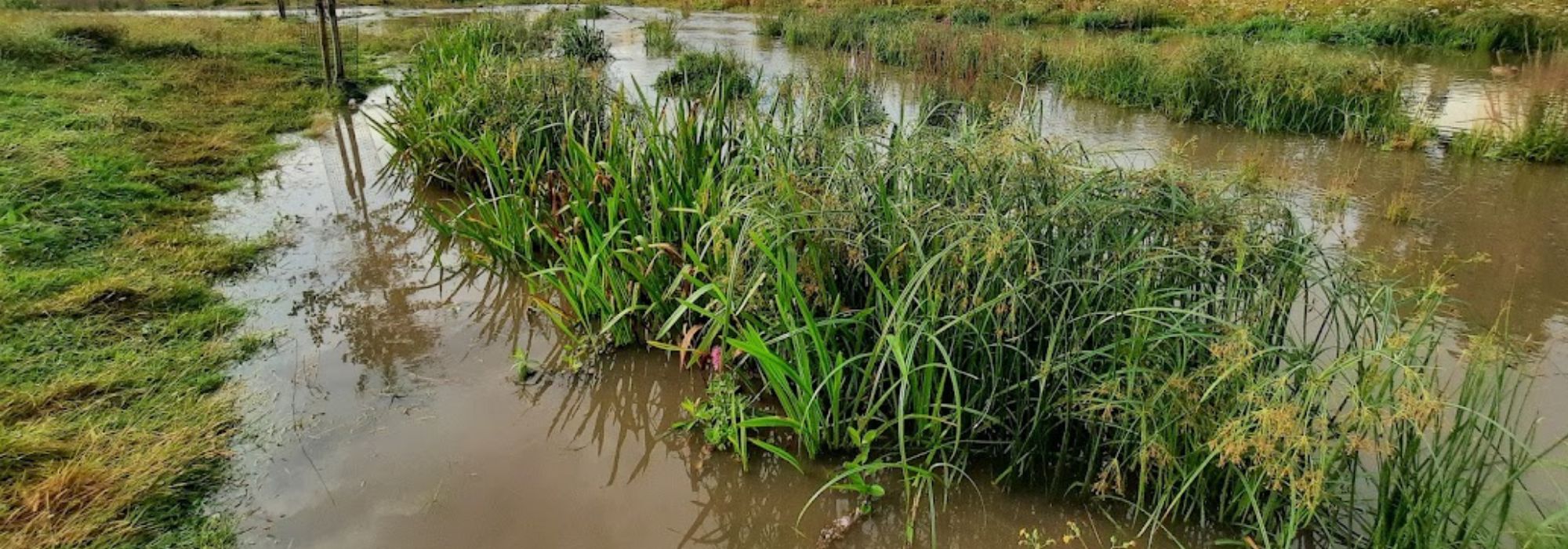Nature-based solutions, explained

In times of biodiversity and climate crises like the ones we’re currently facing, investing in regenerating, and restoring techniques to improve our environment has never been more important. For this purpose, nature-based solutions (NbS) have become popular as they are extremely beneficial for both the environment and people, as well as cost-effective. Estimates suggest that NbS can provide 37% of the mitigation needed until 2030 to achieve the targets of the Paris Agreement on climate change.
What are nature-based solutions?
Nature-based solutions address societal challenges, such as climate change, food and water security, and human health while protecting the environment and helping us adapt and build resilience to extreme weather events. These are inspired by nature and are a green alternative to traditional man-made (also known as grey) solutions, which sometimes can negatively impact the local environment.
NbS can be used in many different ecosystems, such as in coastal habitats to protect communities from storms and erosion, in forests and wetlands to regulate water supplies and prevent flooding and in cities to help clean the air and lessen the impacts of heatwaves and floods.
How we use them
At Thames21, we use natural flood management and sustainable urban drainage systems, which are sub-categories of NbS, in many of our projects, improving green and blue spaces and managing the water flow to reduce flood risks.
Natural flood management uses and enhances the natural landscape’s ability to cut down water overflow, absorb pollution and improve biodiversity. The aim is to work with nature to restore river catchments’ functions, however, when that’s not possible, we emulate these natural processes. This could involve building wetlands, storage ponds, leaky dams, planting trees and reducing soil compacting.
On the other hand, sustainable urban drainage systems (SuDS), such as wetlands, are designed to naturally manage drainage around properties by creating green spaces which allow water to soak away and slow down the flow that goes into underground pipes and ends up in the rivers. This is extremely important as heavy rainfall can contribute to untreated sewage discharge in the rivers due to overflow (in a combined drainage system) and to leading road runoff pollution to our rivers (in a separate drainage system).
Some common SuDS are rainwater harvesting by installing a water butt; rain gardens which absorb water, remove pollutants, and improve biodiversity; swapping hard paving to permeable surfaces to slow down the speed of rainwater in the drainage system; and green roofs, which store rainfall and reduce the amount of run-off water.
While we believe that nature-based solutions can’t be the sole response to climate change, these do play an extremely important role in mitigating its effects, improving biodiversity, and helping us to adapt and cope with extreme weather. For that reason, these are vital pillars of our work to restore and enhance our rivers.
More details of some of our NbS projects can be found here:
